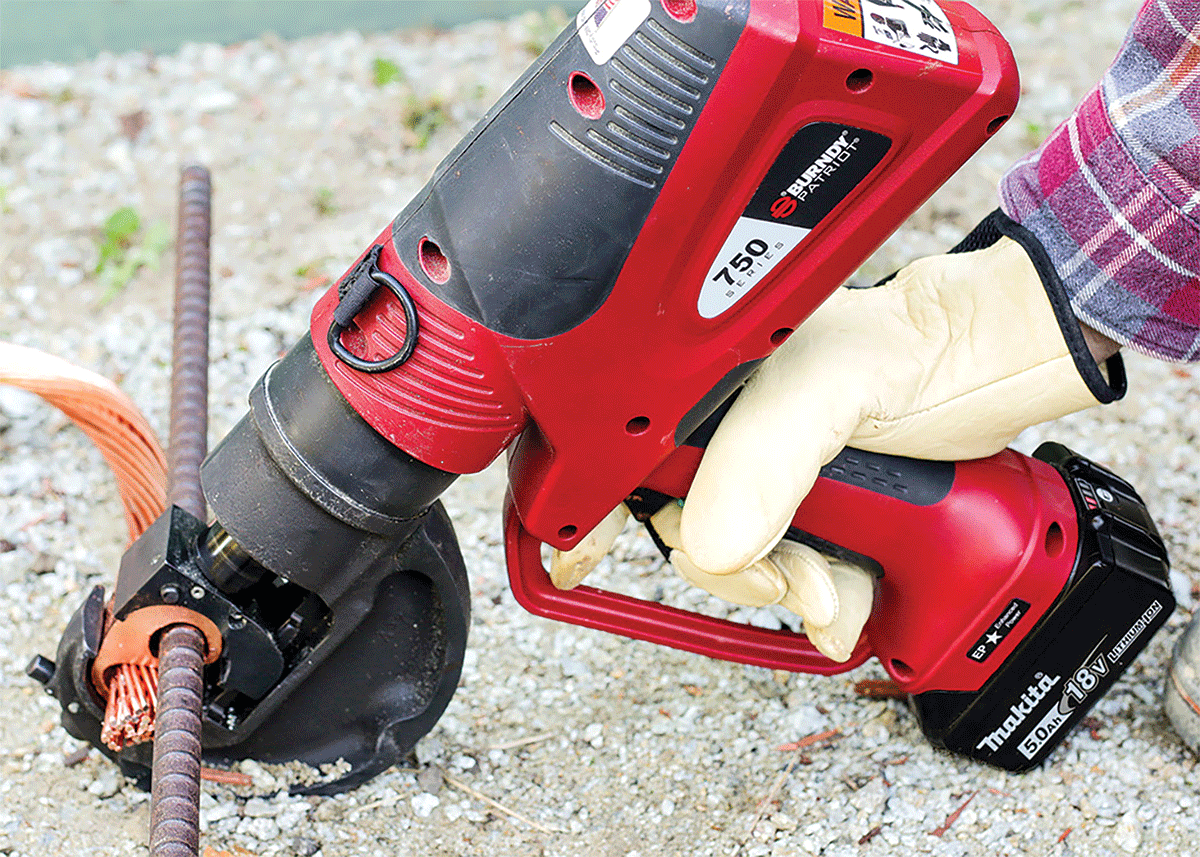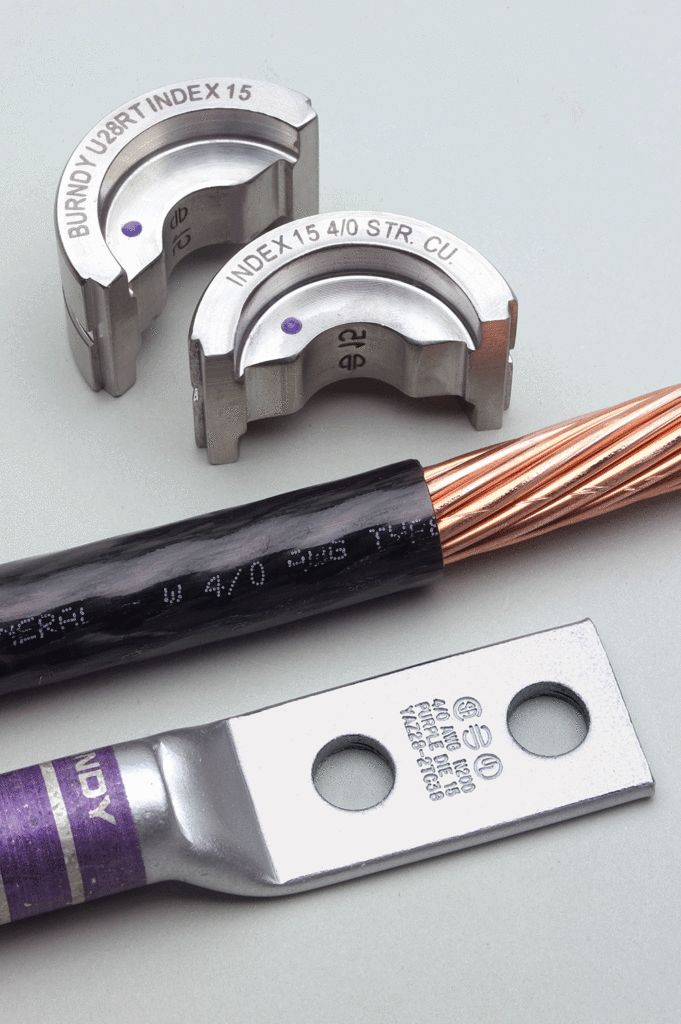In today’s market, there are many choices for electrical equipment and supplies. Making the right choices is a difficult decision when considering safety, electrical performance, and cost. The following discussion focuses on the electrical connection and installation tools to make the connection.
Selection Of Equipment For Safety And Performance
Safety and electrical performance are primary considerations for the selection of electrical equipment. There exists the potential for loss of life, severe injury, loss of service, or property damage if the equipment is not properly designed and thoroughly tested. This is the primary reason for regulatory agencies and committees to set rules and guidelines for conformance standards. Manufacturers test their products against rigorous standards. Only products that have been tested and pass/conform to the test requirements are legally marked with a symbol for which the product conforms. Some examples of such standards include Underwriters Laboratory (UL) and Canadian Standards Association (CSA). In fact, conformance tested products may be a requirement for electrical systems by contract. For example, most utilities require electrical connectors used in their infrastructure to be conformance tested to American National Standards Institute (ANSI) C119 requirements. Electrical connectors used in industrial environments often require a UL marking indicating that the product conforms to UL 486A – UL 486B Standard for Safety Wire Connection specification requirements. For safety and electrical performance, it is best to purchase products that have been subjected to rigorous conformance testing and are marked in accordance.
However, liability goes well beyond conformance testing alone.
In application, field installers need to perform the installation of the connector in the same manner to which the product was conformance tested. In the case of an electrical termination or splice connector, there are specific tools and dies that must be used, consistent with which was used for during conformance testing. Using other tools and dies to install a connector than what was used during the connector conformance/qualification test can void the product marking. For example, if a connector is UL listed and marked with the UL symbol, the use of another manufacture die set, or tool will not comply with the original manufacturers listing. The connector manufacture will likely not guarantee the connection, and liability will fall on the installer. It is best to follow the connector manufacturer’s recommendation for installation, including tool, die, wire size, and the number of recommended crimps.
It should be noted that there is a difference between UL Listed and UL Classified. If a tool other than the one recommended by the connector manufacturer is to be used, it would be wise to research what products have been tested to be considered UL Classified. Most credible manufacturers can share test documents showing the degree of testing a product underwent.
Purchasers need to consider all their electrical connection applications. Consider the use of a specific crimp tool. Has it been tested for a grounding application (UL 467) or a termination connection in an electrical enclosure (UL 486)? Has the crimp tool, die set, and connector been tested as a system? Is the manufacturer able to provide test data? These are important questions to ask in consideration of performance, safety, and liability.
Buyer Beware- Best Practices
Connectors are best installed using the connector manufacturer’s recommended installation instructions, including tools, dies, and work practices such as conductor preparation (conductor size, insulation strip length, scratch brushing, number of crimps, crimp direction, etc.). It should be noted that substituting an alternate crimp tool or die set may not produce the desired performance result. Substituting an alternate tool, die set, or not following the recommended practices by the connector manufacturer can lead to loss of life, injury, property damage, service outage, or poor electrical performance.
Buyers of equipment such as connectors, crimp tools, and crimping dies should carefully read disclaimers in the installation tool operating manual prior to purchase (most are available online). Such manuals may have warnings that place liability on the purchaser of the equipment and/or installers. Examples of such warnings include statements in crimp tool operating manuals such as “not following the connector manufacturers recommendation can have severe consequences.” Well, buyer beware. The connector manufacturer may not be recommending certain brand installation tools since they have no design control nor test data, so therein lies potential liability for not following the connector manufacturer recommendation.
True Solution
Purchase connectors made by manufacturers that warranty the electrical connection. Reputable connector manufacturers will require certain installation tools and dies be used to make the connection. In addition, there are usually connector installation instructions specifying the crimp tool, die set, die index, number of crimps, wire size, and type. The entire connection is an engineered system, the same system as previously conformance tested. Also, look to those manufacturers who have their logo on the connector for field inspection. Look for crimp dies that emboss (logo and die index number) the connector during crimping. These features are not trivial; they allow field inspection. If you want one-stop shopping, there are connector manufacturers that offer the entire package; connector, crimp tools, crimp die’s, warranty, and customer support. These are the manufacturers with complete design control of the system and have proven the electrical connection through conformance testing.
It should be noted that most connector manufacturers do not provide a warranty, support, or promote the use of mixed connection systems. Mixed connection systems may include equipment (connectors, tools, dies, etc.) that are not specifically recommended by the connector manufacturer.












Find Us on Socials